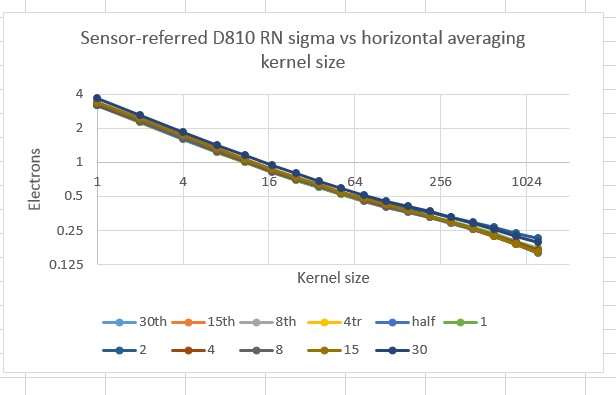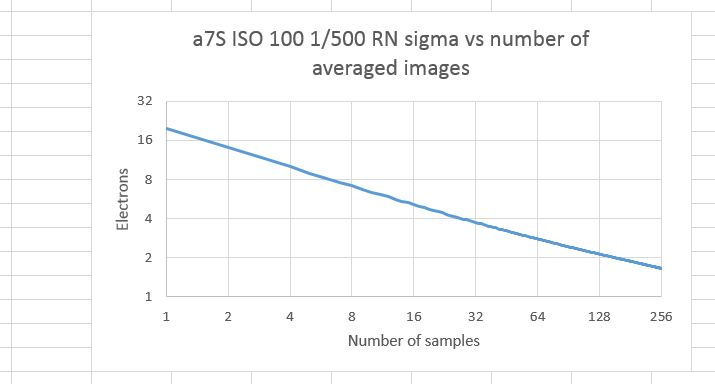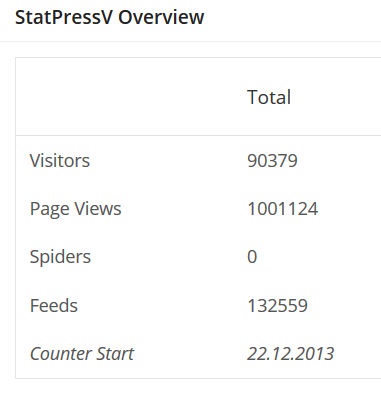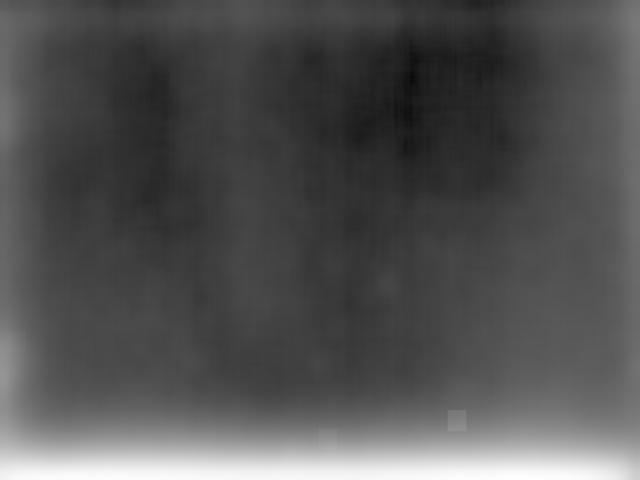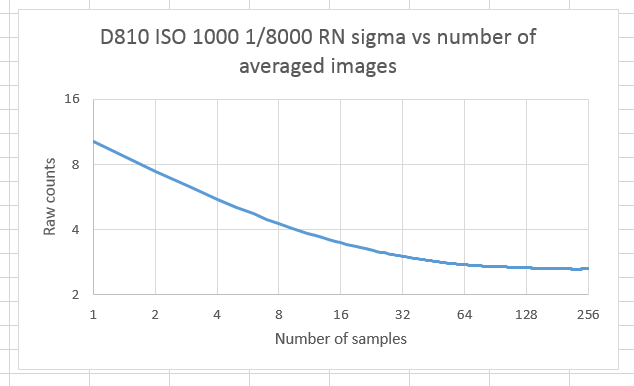A few posts ago, I did a series of D810 dark-field exposures with different shutter speeds to make sure that one of my test methods, which involved varying exposure by varying shutter speed, wasn’t affecting the quality of the read noise. It wasn’t. Today I did a similar series at long shutter speeds to find… [Read More]
Pattern Error in Sony a7S dark-field images
A couple of posts ago I reported getting rid of almost all the Nikon 810 low-frequency dark-field noise by averaging many (256) dark-field images and subtracting the average from individual images. I wondered if the same trick would work with the Sony alpha 7S. Sadly, the answer is no. Here’s the standard deviation of the… [Read More]
A million pageviews
Thanks, everybody. I’ll even thank the ‘bots. Jim
D810 dark-field pattern error images
In the preceding post, I presented data about the D810 fixed pattern read errors and the results of using averaged dark-field images to correct the fixed part of the read errors. We found that almost all of the low-frequency componts of the read errors were fixed — they didn’t change from exposure to exposure. Now… [Read More]
Pattern error in D810 dark-field images
I’ve been analyzing the low-frequency behavior of read noise in several cameras for the last two weeks. Now I turn my attention to how much of the dark-field images vary from exposure to exposure, and how much form a fixed pattern. In addition, I will explore the differences in the spatial spectra of the fixed… [Read More]
- « Previous Page
- 1
- …
- 225
- 226
- 227
- 228
- 229
- …
- 384
- Next Page »
